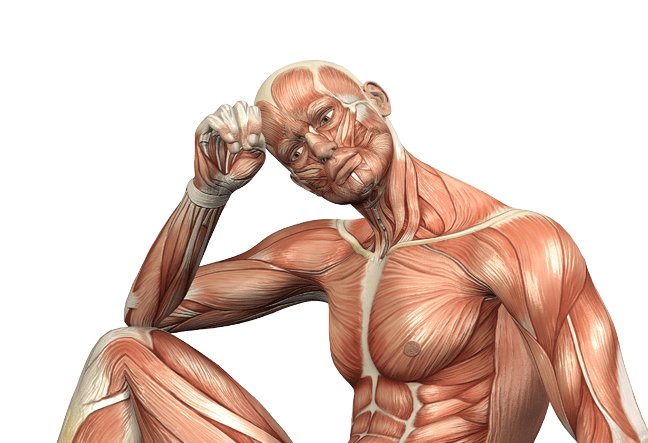Contact Us
THIS SITE DOES NOT PROVIDE MEDICAL ADVICE
Only your personal physician can determine if an EMG could assist in diagnosing your condition.

Contact Us
THIS SITE DOES NOT PROVIDE MEDICAL ADVICE
Only your personal physician can determine if an EMG could assist in diagnosing your condition.

The following E-mail is for Professionals ONLY
HYANNIS Office:
51 Main Street #6
Hyannis, MA 02601
Tel: 508-775-2600
Fax: 508-775-1437
LAWRENCE Office:
25 Marston Street #208
Lawrence, MA 01841
Tel: 978-687-2586
Fax: 978-687-8268



